3DPrint.com | The Voice of 3D Printing / Additive Manufacturing |
- Sustainable 3D Printed Sunglasses Launch with Zero Waste
- Indian Cements and Tvasta to Collaborate on 3D Printed Housing
- NASCAR and Toyota Select Stratasys to 3D Print Race Car Parts
| Sustainable 3D Printed Sunglasses Launch with Zero Waste Posted: 03 Jun 2022 07:00 AM PDT According to the SmarTech Analysis report on “3D Printing in Eyewear: From Mass Customization to Smartglasses 2021,” yearly 3D printing-focused revenue in the eyewear industry will reach $2.26 billion by the year 2030, so it’s clearly a lucrative application for the additive manufacturing sector. As such, today lifestyle brand MONTSERRAT New York is launching its first eyewear collection, powered by sustainable eyewear platform King Children, which used 3D printing to create sunglasses with zero waste for the collection. Founded by Carolina Cordón-Bouzán, together with her friend Gayle Yelon, MONTSERRAT New York combines the feel and spirit of the designer’s two favorite places—New York and Barcelona—in its pieces. According to a press release, the brand “embodies the strength, sensuality, and style of women” that walk the streets of New York and sunbathe on Mediterranean beaches, while also offering prices that won’t break the bank for luxury pieces that were ethically sourced. That’s the big point here: both MONTSERRAT New York and King Children want to make the planet a better place with a zero waste supply chain and sustainable products.
MONTSERRAT New York got its start in sustainable luxury consumer goods with lab-grown diamonds, and also partnered with Terrapass to calculate the carbon footprint of its supply chain and then buy carbon offsets by funding methane capture and renewable energy projects in the US that help lower the impact of greenhouse gas emissions. Once the brand learned of King Children’s own sustainability focus by lowering the use of acetate in the eyewear sector, it seemed like a match made in heaven.
The King Children technology platform was built with a zero waste supply chain in mind, and it claims that the design process eliminates waste during the manufacturing process. What’s great about 3D printing is that, in addition to its own eco-friendly and sustainability efforts, it offers customization without wasting a lot of physical models or prototypes. King Children creates a 3D model for each of its customers that place an order, which negates the need for excessive inventory that would sit around and collect dust. The platform uses selective laser sintering (SLS) technology to craft each pair of frames out of polyamide powder, resulting in an attractive matte finish. King Children also repurposes the leftover powder and uses it for future orders, which definitely helps offset any waste. The platform says that compared to traditional eyewear companies, it only produces 7% of the typical CO2 emissions, and it also plants trees in Madagascar with Lifegate's Zero Impact project to lower its carbon footprint even more. The MONTSERRAT New York Eyewear collection Powered by King Children features two styles, each of which are available in three colors. The first is the Capri, which offers a classic cat eye shape in black, navy, and off-white. The second style, the Paros, is a rounded square style right out of the 90s, available in black, navy, and fuchsia. Both of the designs feature the MONTSERRAT New York logo with gold metal architectural accents that are also found on the brand’s jewelry. Each pair includes a case with a cleaning cloth featuring the brand’s logo. The fashionable, sustainable 3D printed collection of sunglasses are available starting today, for $195 a pair. That’s more than I would personally pay for a pair of sunglasses, but I’m not much of a luxury fashionista myself. Based on a couple of quick, online searches for Oakley and Michael Kors sunglasses, that price seems to fit.
The post Sustainable 3D Printed Sunglasses Launch with Zero Waste appeared first on 3DPrint.com | The Voice of 3D Printing / Additive Manufacturing. |
| Indian Cements and Tvasta to Collaborate on 3D Printed Housing Posted: 03 Jun 2022 06:00 AM PDT India's acceleration of its investment in 3D printing over the past year has been striking, and lately the country appears to be especially intent on exploring 3D printed homes. The most active player in that space thus far is Chennai-based Tvasta Manufacturing Solutions, which became India's first additive construction (AC) startup when it was founded in 2016. Tvasta's status as one of the only entities with real experience in this still quite unformed sector led to the startup's attraction of significant international investment in a seed-round of funding last fall, including almost half a million dollars from the U.S. nonprofit, Habitat for Humanity. Now, a longstanding domestic construction materials firm, India Cements Ltd, is announcing that it has entered into a strategic partnership with Tvasta. 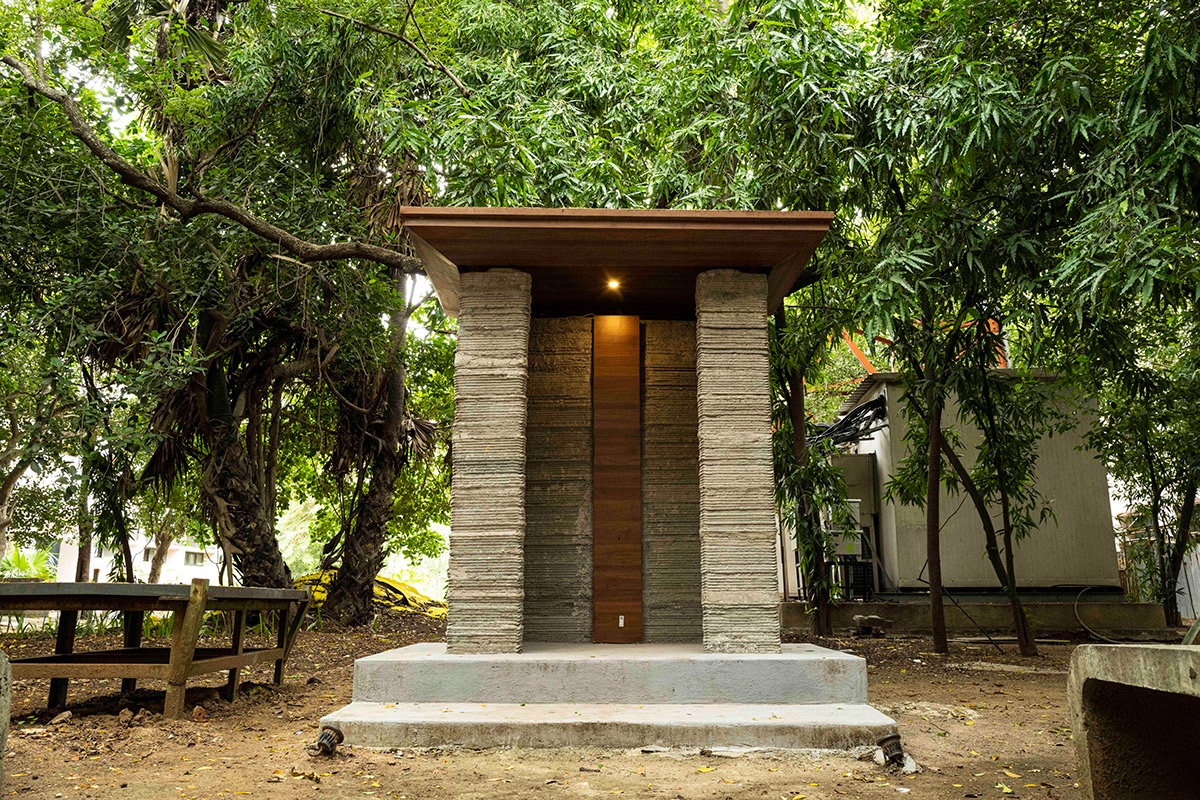
The idea about sustainability being not just untapped but in fact essentially brand-new to legacy construction is something you hear often from people in the AC sector, and it's possibly the most compelling argument in favor of applying additive manufacturing (AM) techniques to construction, specifically. It's still difficult for proponents of other AM techniques to say with hard data, at this point, that the new way of doing things is unequivocally more sustainable than the old way of doing things. However, regarding construction, for so many reasons, it's hard to imagine a less sustainable way of doing things than how they're currently done. 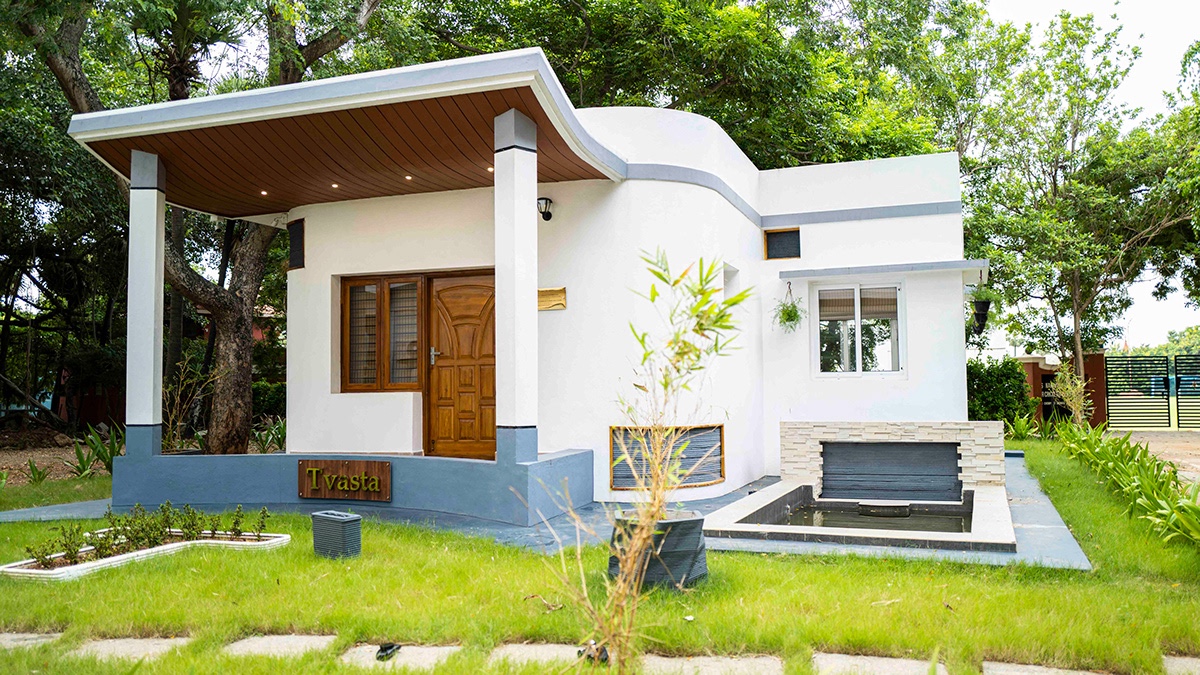 To put it bluntly, then, it's just way easier for AC to start delivering on the promise of being "greener" compared to its legacy counterpart, than it is for the rest of the AM sectors. AC may still be at least a few years away from being more economical than conventional construction. But it seems difficult to deny that on a house-for-house basis, the carbon footprint of AC could already be lower than that of conventional construction, were the newer technology to start scaling up immediately. Additionally, more so than probably any other country, India needs to develop a wider range of reliable solutions for minimizing the ecological impact of its industrial and infrastructural systems over the next century. Not only is India the world's third-largest aggregate consumer of energy to China and the United States. Also, it has been suffering the brunt of global warming's worst symptoms in a way those two countries largely haven't yet, and may never have to. For India, geography simply prefigures just about the worst that the planet's rapidly changing climate has to offer. The silver lining is that what for China and the U.S. still seems to be a matter of choosing whether or not to plan ahead, has already for some time in India been a matter of survival. It's less of a risk for India to invest on new technologies than it is for the two other of the three largest nations in the world, and the potential reward is also much higher. To get an idea of where its investment is headed, as alluded to at the beginning of this post, it seems like India has made AM the centerpiece of its Industry 4.0 strategy, and its government is treating AC as a vital part of the equation. Moreover, Gautam Adani — the Indian port and energy magnate whose increase in net worth over the last couple years just moved him up to number one on the list of Asia's wealthiest individuals — recently purchased the Indian division of Holcim, one of the world's largest cement manufacturers. Holcim has extensive interests in the AC sector, so it's likely Adani, a major investor in renewables, also has a business interest in AC. In a nation that has an estimated housing shortage of 72 million, with over 50 million of those homes being in rural areas, rapid scale-up and deployment of the technology could feasibly help make a dent in its carbon footprint over the next couple of decades. If that happens, the country could also become a giant testing ground for AC. Images courtesy of Tvasta The post Indian Cements and Tvasta to Collaborate on 3D Printed Housing appeared first on 3DPrint.com | The Voice of 3D Printing / Additive Manufacturing. |
| NASCAR and Toyota Select Stratasys to 3D Print Race Car Parts Posted: 03 Jun 2022 05:00 AM PDT Post-World War II, stock car racing grew to become one of this country’s most beloved pastimes, and while it wasn’t well-organized at the beginning, a sanctioning body for stock car racing was set up in 1948 called the National Association for Stock Car Auto Racing, LLC, better known as NASCAR. Today, NASCAR sanctions more than 1,500 stock car races at over 100 tracks in 48 states, as well as Canada, Mexico, and Europe, every year. Parts and components for these race cars are now a major 3D printing application, and Stratasys (NASDAQ: SSYS) just announced that it is now a NASCAR Competition Partner. These two leaders will collaborate to create what Stratasys says are the first 3D printed production parts for NASACAR’s Next Gen racecars. Stratasys has a long history of 3D printing parts for racecars, from student teams and Andretti Autosport to Team McLaren and Team Penske, and the company has partnered with NASCAR teams in particular for nearly 20 years. During this partnership, NASCAR has relied on Stratasys technology to create drill guides and tooling for its race cars, and now production parts as well.
The Next Gen was introduced this winter at the Busch Light Clash, after completing more than 37,000 miles of testing to validate its new 3D printed parts. Stratasys Direct Manufacturing printed a high-performance windshield air cockpit ventilation unit on its H350 system, which uses SAF powder bed fusion technology and was built for production control and consistency. High Yield PA11—originated from sustainable castor oil—was used to print the unit, which was then post-processed using DyeMansion equipment. The Stratasys Fortus 450mc printer was used to fabricate an underside NACA duct for engine cooling, designed by the Stratasys NASCAR team.  Joe Gibbs Racing #20 car driven by Christopher Bell featuring 3D printed windshield air cockpit ventilation unit by Stratasys Direct Manufacturing for all NASCAR Next Gen cars
These 3D printed components are being used by every team competing in the NASCAR Cup Series to offer more flexibility, improved performance and aerodynamics, and reduced costs. But its collaboration with NASCAR isn’t the company’s only racing-related news this week: Stratasys also announced that it is an official partner of Toyota Racing Development (TRD). According to Carey, the company will support TRD as it works to adopt and “integrate additive manufacturing into their production as a prototyping, tooling and end-use parts solution across the GR86 and TRD custom parts.” The resulting 3D printed production parts will be used for the Toyota GR86 in its new single-make racing series—the GR Cup, sanctioned by SRO America and coming in 2023. In order to move from prototyping to end-use parts, TRD will integrate three industrial-grade Stratasys 3D printing systems—the Fortus 450mc, the F370, and the new composite-ready F370 CR—into its California and North Carolina manufacturing facilities. TRD will use these printers to create several end-use parts across its entire product range, and a Nylon 12CF hood vent specifically for the Toyota GR86.
Additionally, TRD is also a long-time customer of Stratasys Direct, and will use its services to 3D print a clamp for the GR86 on the SAF-powered H350, using Stratasys High Yield PA11. The post NASCAR and Toyota Select Stratasys to 3D Print Race Car Parts appeared first on 3DPrint.com | The Voice of 3D Printing / Additive Manufacturing. |
| You are subscribed to email updates from 3DPrint.com | The Voice of 3D Printing / Additive Manufacturing. To stop receiving these emails, you may unsubscribe now. | Email delivery powered by Google |
| Google, 1600 Amphitheatre Parkway, Mountain View, CA 94043, United States | |
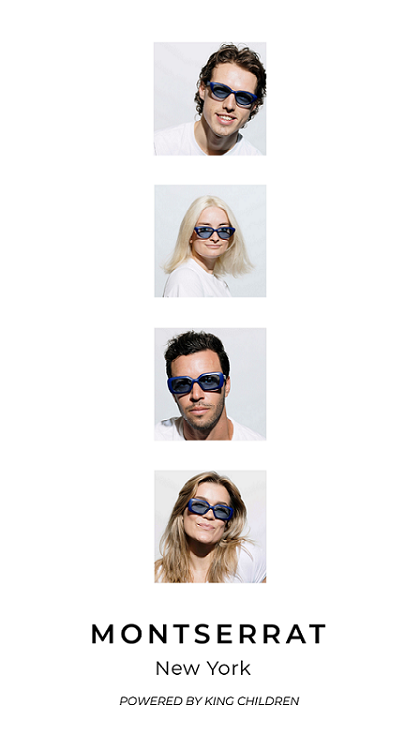

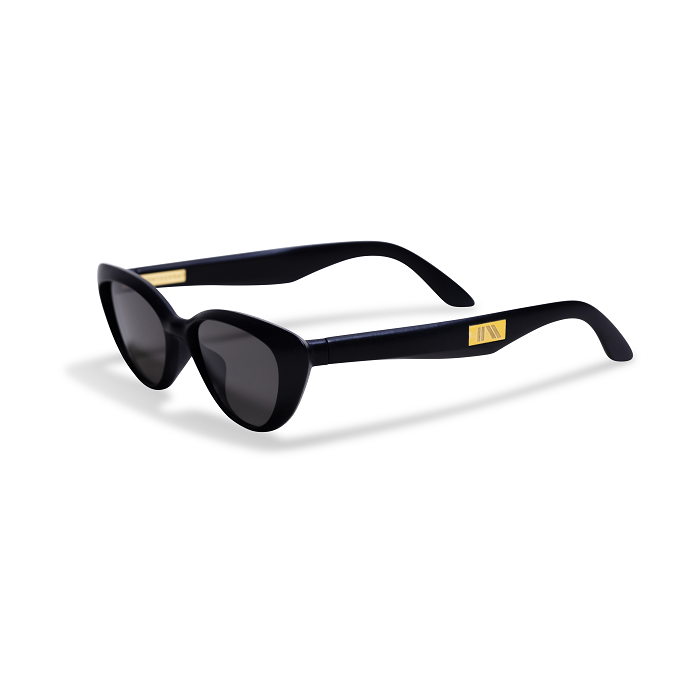

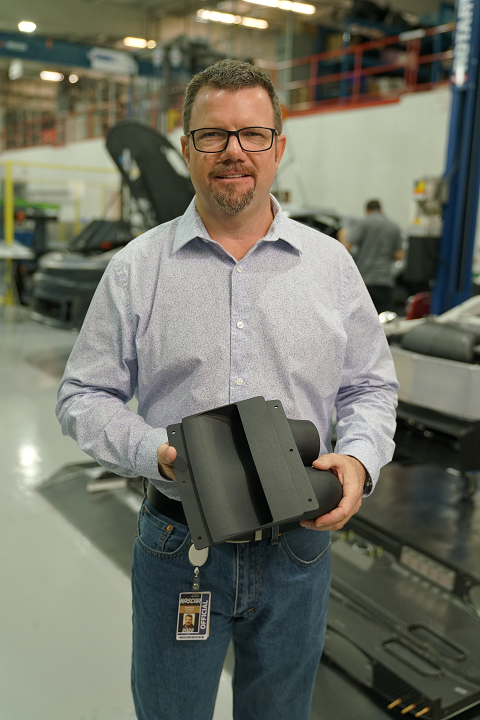



0 comments:
Post a Comment